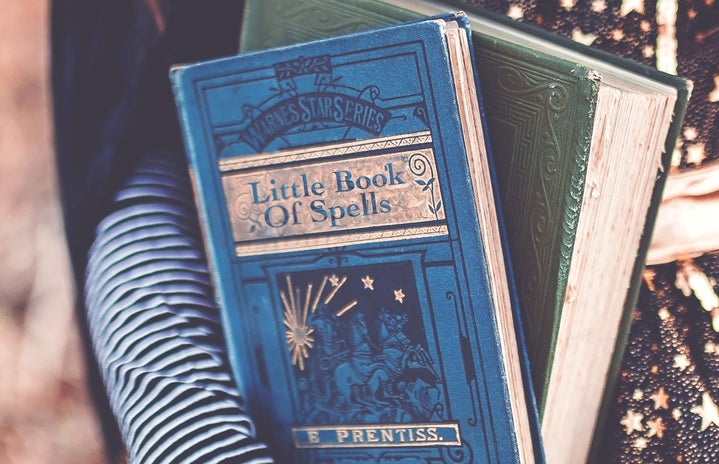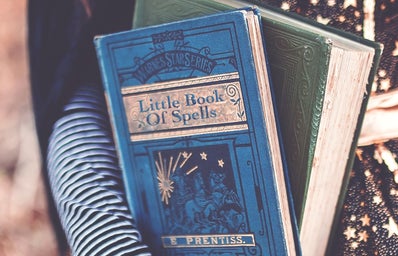“Witches” have come a long way since pre-Christian times. The first “witches” that we can trace in history are midwives and practitioners of the ancient religion, Wicca. Today, Wicca is viewed as pagan and Satanic. The reality of Wicca is that totem ideals in their religion involve respecting all of Earth, including every human being. Wicca has no concept of good versus evil, and therefore, no concept of the devil . Modern-day practitioners of Wicca are as normal as anyone else; some do pull out beautiful fairy-like robes as ceremonial dress, though.
Everyone has seen the portrayal of a witch with neon green skin prod atop a broomstick in midair, holding a black cat along for the ride. This is Hollywood’s interpretation of the witch. The interesting thing is that none of the first novels-turned-films wrote their witches as having green skin, but rather, Hollywood had just grasped technicolor technology and was eager to use it. Thus, the portrayal of a witch transformed from Earth-lover / herb expert into the vibrant neon creature of the movies.
Do you believe in witches? The people of Salem, Massachusetts, from the years of 1692-93, did. Historians attribute the hysteria in this part of pre-colonial America to a number of things:
1. Christianity.
Since the 14th century , English Christians believed in the supernatural phenomenon of the devil giving certain people mystical abilities to harm others and expand his dark kingdom. Thus, when they settled in the American colonies, they brought with them their Puritan religion and fears of the devil’s minions on Earth: witches.
2. Dangers.
The people of colonial America faced some staple fears: the smallpox epidemic, Native peoples’ attacks, and rivalry within their own community.
3. The trigger.
Something happened in January, 1692 that set off an explosion of accusations. A doctor, William Griggs, diagnosed two little girls who had been exhibiting intense outbursts of screaming and violent spasms as having been bewitched. He claimed he could do nothing, as it was a beast only the church could tackle. After this, other little girls in the town began exhibiting the same odd behaviors.
The witch trials involved the townspeople accusing key women, and some men, of being the witches responsible for using dark magic on the little girls. Not surprisingly, marginalized women were the first of the accused: Tituba, the Caribbean slave of one of the little girls accused (Elizabeth Parris), the homeless beggar Sarah Good, and the elderly Sarah Osborne who was so old she was too tired to defend herself in the courtroom and thus was sentenced to exile in jail.
Witches did not exist in Salem, Massachusetts. What did exist was the classic tale that keeps repeating in human history- a community trying to weed out the “threats” and in the process hurting innocent people. If you want to learn more about the witch hunts, you can visit the Witch Museum in Salem that is very educational and fun (including a cute gift shop), or read about them here.



